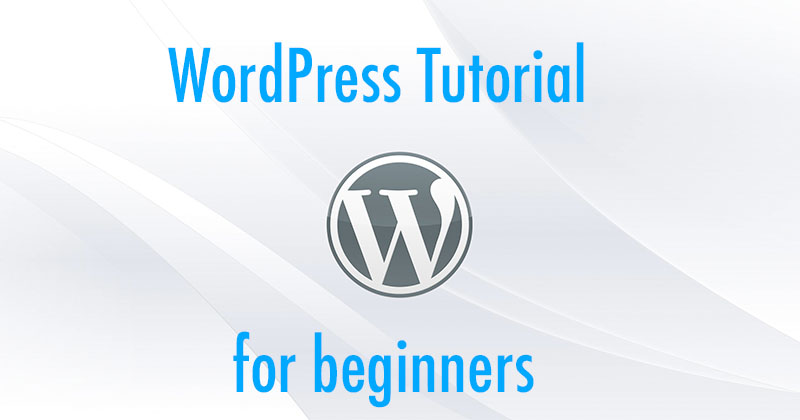WordPress
The Ultimate Guide To WordPress For Beginners 2019
Are you a complete WordPress beginner? If so, this WordPress For Beginners post is for you. After completing this post, you’ll have what it takes to create awesome WordPress sites right away. WordPress is an awesome platform for creating all kind of sites. It started as a blogging platform. However, nowadays, people use WordPress for all […]
